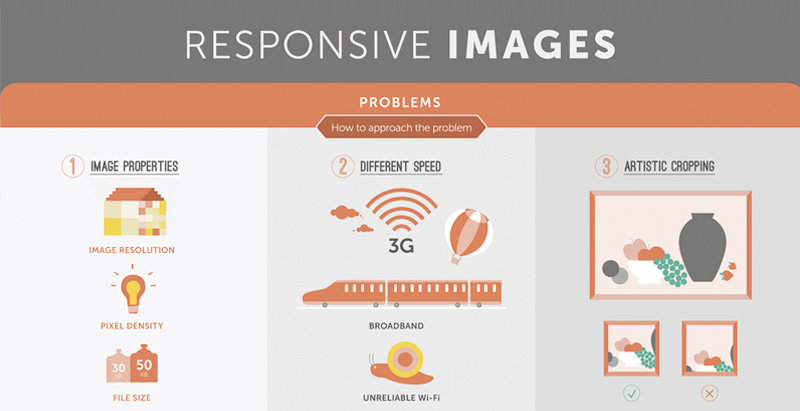Internet Site Style Fundamentals: Tips For Structure A User-Friendly Site
Internet Site Style Fundamentals: Tips For Structure A User-Friendly Site
Blog Article
Short Article Created By-Hall Devine
When it comes to web site style, ensuring user-friendliness is essential. From just click the up coming post to streamlined navigation, every component plays an essential role in developing a website that deals with your audience's demands. However what about the finer information that can make or break an individual's browsing experience? Stay tuned as we reveal some often-overlooked suggestions that can boost your web site's use to the next level, making it truly stand apart in the digital landscape.
Relevance of Responsive Style
Responsive style is an essential aspect of modern-day internet site advancement. Ensuring your website is receptive means that it can adapt to different screen sizes and tools, giving a smooth experience for users.
With the boosting use of mobile phones and tablet computers to access the net, having a responsive design is important for getting to a larger audience. It helps in enhancing individual experience by making your web site simple to navigate and keep reading any type of gadget.
Furthermore, receptive layout can positively influence your internet search engine positions, as internet search engine like Google prioritize mobile-friendly internet sites. By having a receptive layout, you're also future-proofing your internet site, as brand-new tools with varying display sizes continue to emerge.
Simplify Navigation Structure
To enhance individual experience and promote very easy access to details on your internet site, simplifying the navigating framework is vital. When making your website, concentrate on developing a clear and instinctive navigating food selection that helps site visitors discover what they're seeking swiftly.
Restriction the variety of menu things to the essentials, grouping relevant web pages together to stay clear of frustrating customers. Usage descriptive tags that clearly show the content of each web page, making it much easier for individuals to recognize where each link will take them.
Take into consideration executing dropdown food selections for subcategories to stop cluttering the major navigating bar. Furthermore, include a search bar prominently on the web page for users that choose searching for details information.
Prioritize mobile responsiveness in your navigating layout to make certain simple gain access to on all devices.
Enhance Web Page Lots Rate
Improving page tons speed is critical for preserving site visitors on your web site. Slow-loading web pages frustrate users and can result in high bounce prices. To optimize web page load rate, beginning by maximizing images. Press pictures without endangering quality to lower their documents dimensions.
Additionally, enable discover this caching to store frequently accessed resources locally, speeding up load times for returning visitors. Minify CSS, JavaScript, and HTML data by getting rid of unneeded personalities, comments, and formatting, improving load rate.
Think about making use of a material shipment network (CDN) to distribute your website's web content across numerous servers worldwide, reducing latency for users accessing your site from various areas. Last but not least, limit using third-party scripts and plugins, as they can significantly impact lots times.
Conclusion
To conclude, by incorporating responsive design, streamlining navigating, and enhancing web page load speed, you can produce a straightforward internet site that interest a larger target market and improves user experience. These essential elements guarantee that visitors can easily access and browse your site throughout various gadgets, leading to boosted involvement and complete satisfaction. By concentrating on these essential elements, you can develop a successful internet site that keeps users coming back for more.
